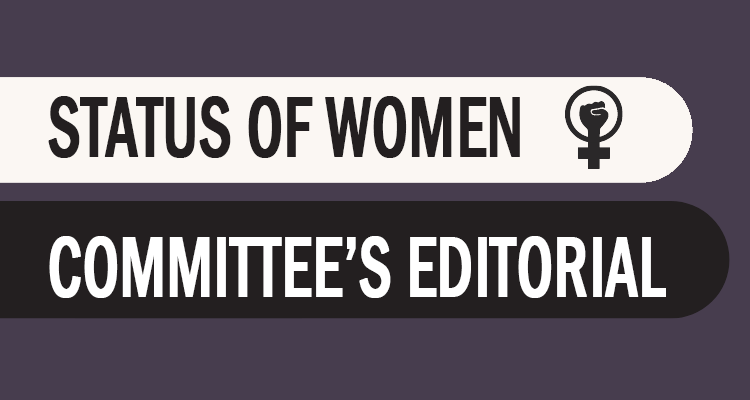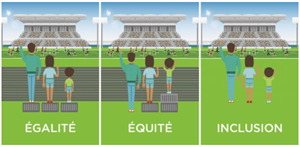
For an inclusive health network
When it was created, the public healthcare system aimed for universal access to health care. Yet, we realize that despite this will, the initial objective has not been achieved. Some people might avoid using the health network for fear of experiencing discrimination again. One way to achieve universal access to care is integrating an intersectional vision within our network to identify the barriers that jeopardize accessibility for all, whether beneficiaries or employees.
Talking about intersectionality is complex and brings its own set of questions. Intersectionality involves being sensitive to the different oppressions experienced by the people around us and being aware of the interactions between the different systems of oppression: racism, colonialism, sexism, capitalism, etc.
Society has a duty to be open. It is necessary to deconstruct the myth of the universal, represented by the white man, and to consider the narratives, knowledge and experiences of other groups in the community. Ange-Marie Hancock, Professor at the University of Southern California, explains that:
“When something starts to become acceptable, it is not because everyone accepts it, but because those who do not accept it start to feel the need to debate it.”
Ange-Marie Hancock, Professor, University of Southern California
So, it is not necessarily because a minority cries out that change will come about, but because the majority who do not suffer this discrimination start to “see” the situation and find it disturbing. Most of the time, it is when white men see the discrimination that the process is set in motion to resolve it.
In the same vein, as healthcare professionals who work in a predominantly female environment, we are faced with sexism. Let’s ask ourselves: what would happen if the intersectional approach was applied within the health network? What would happen if sexism disappeared? What inequalities would remain between healthcare professionals? It is essential to reflect on this for everyone’s well-being.
Unfortunately, the different systems of oppression, as mentioned above, are constantly changing. Thus, to claim that the root of the problem is solved would be utopian, as other problems come up. We must always remain alert and vigilant to our behaviours and our way of thinking, since they are like an endless circle. Being aware of our own prejudices and biases is essential: everyone has them, without exception. Hence the importance of including in our reflections the realities of all the people who make up our community.
During the first wave of COVID-19, for example, if the government had analyzed the health network in an intersectional manner, it would have found that some healthcare professionals are racialized, others single parents, natural caregivers or even all of them at the same time. It could then have adapted the directives in place to better meet the needs of a larger number of healthcare professionals.
The simplistic term of “guardian angel” used extensively by the government during the pandemic, also reduces healthcare professionals to a stereotype that is very prevalent among the population: it is our feminine vocation that made us choose this profession and we will give care no matter the conditions or the price. This is obviously false and it must be said loud and clear.
Most of us were raised in a patriarchal, racist world where the white man made, and still makes, the decisions. Therefore, we need to work together to deconstruct the different power relations that we experience every day.
By failing to see these power relations, which are invisible to some people because of prejudice, or because these relations seem simply trivial, we reproduce the same historical pattern. Society must evolve in a direction where several possible and complete truths can coexist.
As healthcare professionals, we also have this power and duty to think differently, to rewrite part of history in our own way, to share our inclusive vision, to implement it in the way we care for our patients or interact with our colleagues, in the way we educate our children or act in our community.
Imagine a world where we all break down barriers together. That would be the beginning of inclusion.

To learn more about intersectionality, read the summary of the exchanges at the Women’s Network held last fall.
Kime Gobeil, comité Condition féminine